Maintaining a hygienic bathroom is essential, and the toilet brush plays a crucial role. One common question that arises is whether it’s safe to put a toilet brush in the dishwasher for a thorough clean.
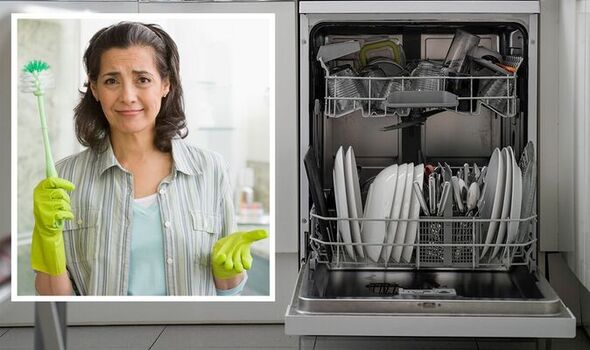
In this guide, we explore the risks associated with this method, alternative cleaning approaches, and provide guidelines for proper toilet brush care to ensure a germ-free and safe bathroom environment.
When it comes to managing household tasks, cleanliness and hygiene are paramount, especially in areas like the bathroom, where germs can thrive if not properly addressed. The toilet brush, an essential tool for upholding a pristine restroom, can itself become a breeding ground for bacteria and fecal matter. This prompts a significant question: how can we ensure the optimal cleanliness?
A commonly suggested approach is to clean brush in the dishwasher, but is this method both safe and effective? This article will delve into the details of this technique, providing insights and establishing guidelines to uphold a sanitary living environment in your home.
Understanding the Risks:
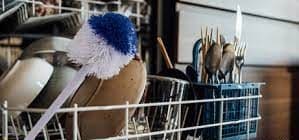
Risk of Cross-Contamination:
Primary Concern: Placing a toilet brush in the dishwasher poses a significant risk of cross-contamination. Dishwashers are designed for kitchenware that interacts with food, and introducing it may potentially spread harmful bacteria to plates, utensils, and cooking equipment.
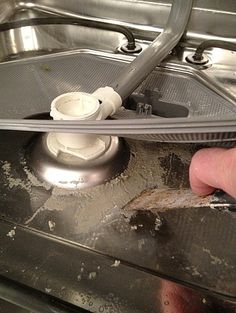
Ineffectiveness in Bacteria Removal:
Temperature Limitation: Dishwashers may not reach the high temperatures required to eliminate all bacteria on it. While effective against typical food residue, the combination of hot water and detergent might not thoroughly eradicate all pathogens present in fecal matter.

Potential Damage to Appliance and Brush:
Material Sensitivity: Toilet brushes are composed of materials that may not endure the harsh dishwasher environment. The heat and intense water pressure during the dishwasher cycle could lead to deformation of the brush or damage to the internal components of the appliance.
Alternative Cleaning Methods:
- Bleach Solution: To thoroughly disinfect a toilet brush, immerse it in a bleach solution (1 part bleach to 6 parts water) for an hour, followed by a thorough rinse and complete drying.
- Disinfectant Option: Hydrogen peroxide, a household disinfectant, can be used similarly to bleach. Soak the brush in hydrogen peroxide and then rinse thoroughly.
- Vinegar and Baking Soda: For a more natural approach, soak the brush in a mixture of vinegar. And baking soda to disinfect and eliminate odors. Follow this with a comprehensive rinse.
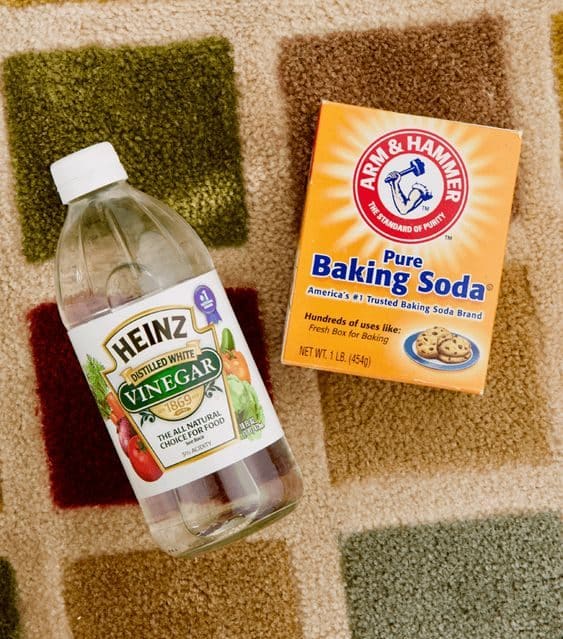
Guidelines for Toilet Brush Care:
Proper Drying After Each Use:
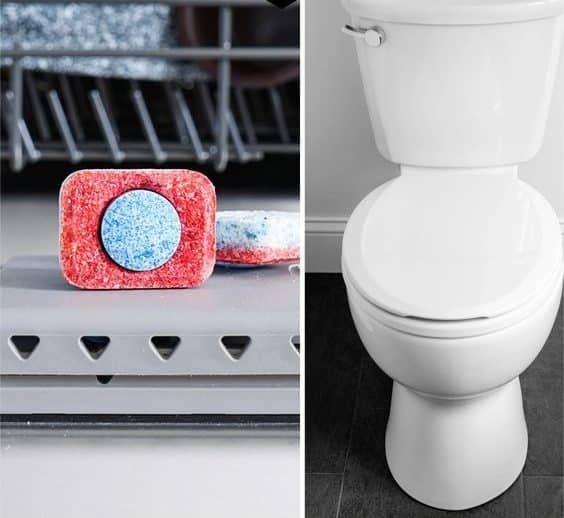 Preventative Measure: After every use, ensure it dries completely before placing it back in its holder. This helps prevent moisture retention and bacterial growth.
Preventative Measure: After every use, ensure it dries completely before placing it back in its holder. This helps prevent moisture retention and bacterial growth.- Maintenance: Clean and disinfect the toilet brush regularly using the alternative methods mentioned above to maintain optimal hygiene.
- Scheduled Replacement: Wear and Tear Consideration: Replace your brush at regular intervals or if it exhibits signs of wear and tear. This ensures the continued effectiveness and cleanliness of your bathroom tool.
Considerations and Tips:
Wear Gloves: Encourage the use of gloves when handling the toilet brush for added protection.
Replace When Necessary: Remind readers to replace the toilet brush regularly, especially if the bristles show signs of wear or damage.
By exploring alternative cleaning methods, following proper guidelines for toilet brush care. And adopting safe dishwashing practices when applicable, you can ensure a germ-free and hygienic bathroom environment.

